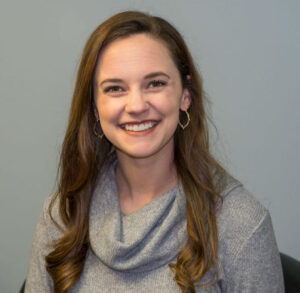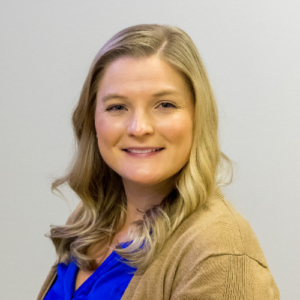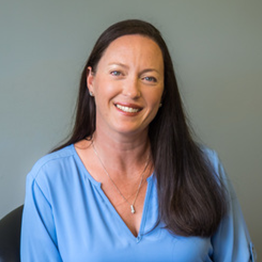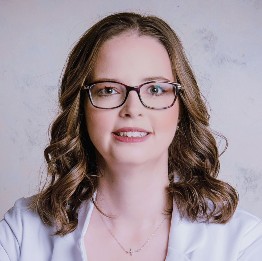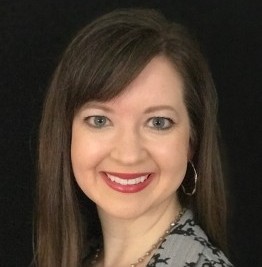A stroke is a life-altering medical emergency event that can produce significant damage and even death. The statistics on stroke events in the United States are alarming, so knowing the warning signs can be the difference between life and death.
According to the Centers for Disease Control, more than 795,000 individuals in our nation have a stroke each year, and one out of every six cardiovascular events is related to stroke. While we never seek to be alarmist here at Innova Primary Care, we believe in educating our patients and the general population on the necessity of being prepared. We know that knowledge is power, so we want all of you to recognize the signs of stroke and be capable of acting fast to save yourself or someone you love.
Please read on to learn more about stroke, how you can act fast to save someone, and what you can do to limit the likelihood of experiencing a stroke yourself. And please remember that life after a stroke is possible! You can thrive with the right care team and rehabilitation services.
What is a stroke?
Also known as a cerebrovascular accident, a stroke occurs when there is an interruption in blood flow to the brain or an excess of blood within or surrounding the brain. A stroke is defined by what causes the issue and typically occurs in two different ways. The first type of stroke is known as an ischemic stroke. An ischemic stroke occurs when a blood clot interrupts blood flow and oxygen to the brain. A hemorrhagic stroke occurs when a blood vessel bursts within the brain and causes bleeding around and inside the brain. These are very basic definitions of the types of strokes; we will dig deeper later in this article.
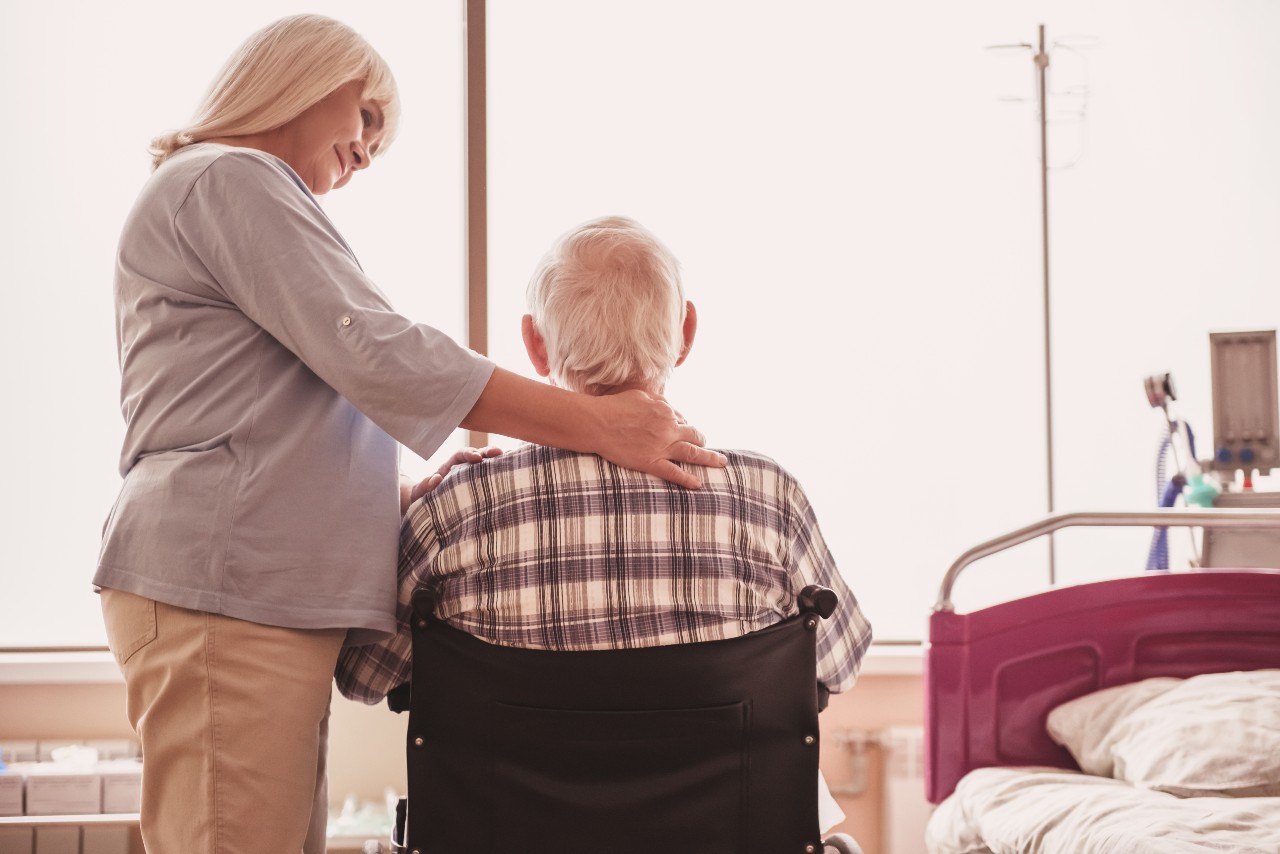
What are some valuable stroke statistics?
As previously mentioned, more than 795,000 stroke victims are in the United States each year. According to statistics, over 600,000 experience a stroke for the first time each year, while close to 1 in 4 stroke patients have had a stroke in the past. The sobering reality is that once you experience a stroke event, you are more likely to have another one. For this reason alone, if possible, you must learn the reason behind your stroke and do what you can to adjust your lifestyle to prevent another stroke.
Ischemic strokes
The most common type of stroke is an ischemic stroke, which occurs when blood flow and oxygen are cut off from the brain. Ischemic strokes occur due to blockages in the arteries surrounding the brain. Typically, plaque buildup in the blood vessels leads to this type of stroke. Plaque can collect, causing a buildup in the arteries and interrupting blood flow. A blood clot may also attach itself to a plaque buildup, causing a blockage that prevents blood flow to the brain. This is what is known as an embolic stroke.
Thrombotic strokes occur when a clot forms within a blood vessel in the brain. The result is the same: blood flow and oxygen are cut off from the brain resulting in a stroke.
Ischemic strokes account for roughly eighty-seven percent of all strokes, and atherosclerosis is the leading cause. However, because atherosclerosis is virtually undetectable until a cardiovascular event occurs, it is essential to know that there are lifestyle indicators that can let you know if you are at risk.
Lifestyle and ischemic stroke
While some risk factors are entirely out of your control, such as ethnicity and age or gender, and genetic history, there are some risk factors that you can minimize or manage. These include:
- High Blood Pressure
- Diabetes
- Heart disease
- High cholesterol
- Birth control pills
- Smoking
- Increased red blood cell counts
- Minimal exercise
- Alcohol use
- Atrial fibrillation
- Drug Use
- Obesity
- Diet
- Previous transient ischemic attack (TIA)
If you have any of these risk factors, we encourage you to seek medical support and find ways to adjust your lifestyle. We need you here! We should also note that stroke does not discriminate. Yes, there may be lifestyle risk factors and others out of your control, but this does not mean you will or will not have a stroke in your lifetime. Again, knowledge is power.
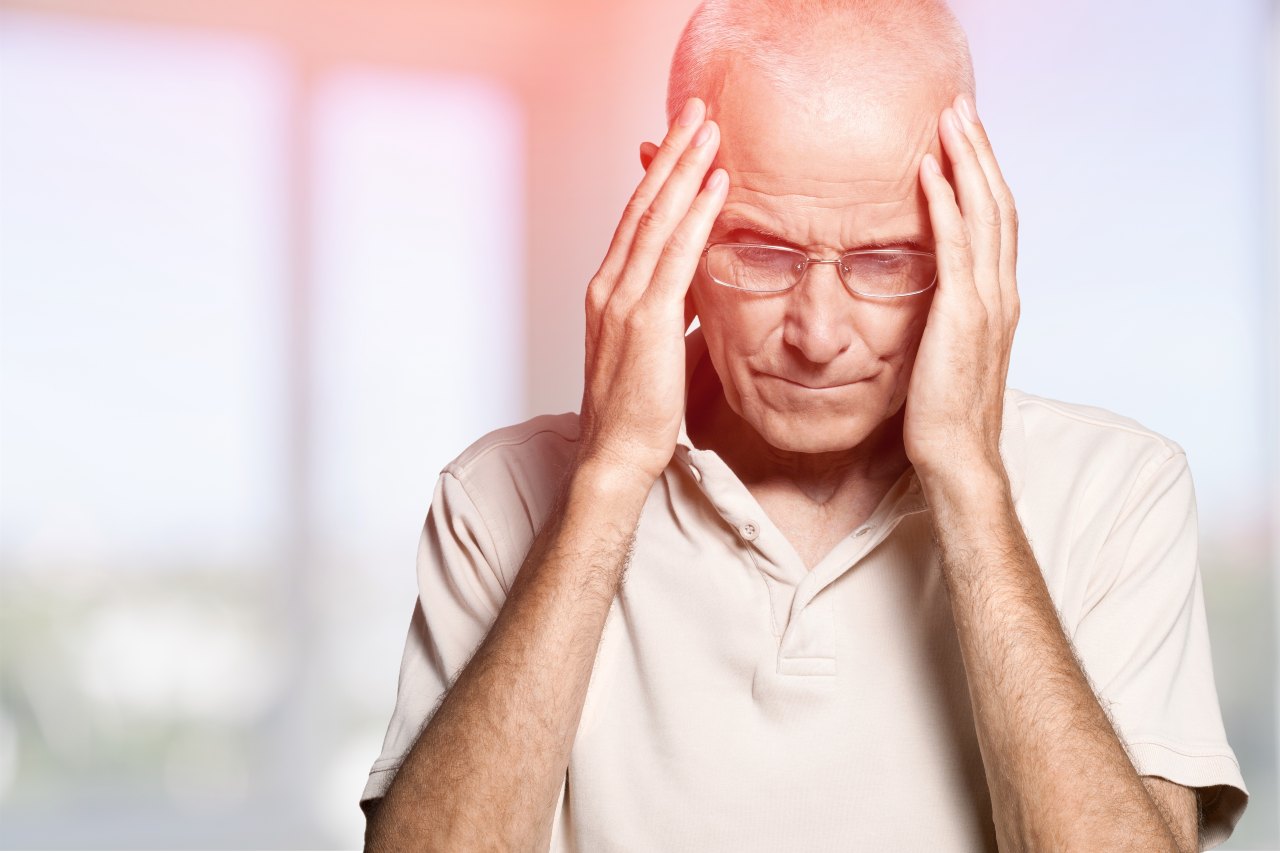
Hemorrhagic stroke
The second type of stroke results from bleeding in and around the brain and is known as a hemorrhagic stroke. This type of stroke is far less common, accounting for around 15% of all strokes. Intracranial hemorrhagic strokes occur when there is bleeding inside the brain, while subarachnoid hemorrhagic strokes result from bleeding between the brain and the membranes surrounding it.
Some risk factors, such as high blood pressure and smoking, can be the root cause of hemorrhagic strokes, but head trauma, abnormalities of the blood vessels, cerebral aneurysm, and brain tumors may also cause this type of stroke.
It is important to note that the indicators for both types of strokes are often the same. Regardless of origin, know the signs of stroke and act fast!
How to recognize a stroke.
We’ve briefly discussed the two types of strokes and some of their categories, and now it is time to turn our attention to paying attention. The signs of stroke can be rapid, and you must immediately get yourself or your loved one in the hands of medical professionals. Let’s look at the anacronym BE FAST! It is time to act swiftly when you notice one or more of these signs.
B: Balance. You may notice a loss of balance, a sudden headache, or dizziness.
E: Eyes. Any sudden loss of vision in one eye or both is cause for action.
F: Face. Stroke victims often experience drooping on one side of the face. If you notice drooping on one side or feel numbing, call 911!
A: Arm weakness. Stroke victims often experience weakness and numbness on one side of their body. Stay alert.
S: Speech. Signs of a stroke often include slurred speech, difficulty speaking, and challenges finding the right words to use.
T: Time to call 911. If you notice any of these symptoms, don’t take any chances. Call 911 right away!
Recovery is possible after a stroke event
Timing is imperative after a stroke event. Early intervention is critical for the best possible outcomes. Don’t wait to see if symptoms get worse. Act fast.
Because every stroke is different, treatment protocols will vary from person to person. For some, it may be speech therapy. For others, it may be a combination of rehabilitation, physical therapy, and life skills. What we do know is that strong support is vital for recovery. Support will look different for each stroke victim. One thing you can do if you or a loved one is now in recovery from a stroke event is to find others in the same situation. Support from others is vital to recovery and can help shift your current circumstances and alleviate the loneliness of recovery.
Connections
Here in Huntsville, we are lucky to have a stroke and TBI support group called Connections. Connections are for those who have suffered a stroke or traumatic brain injury and their support persons. This group meets on the first and third Saturdays of the month and rotates between the Downtown Public Library and the Madison Public Library. For more information, you can find them on Facebook: Connections Huntsville/Madison Stroke and TBI Support Group.

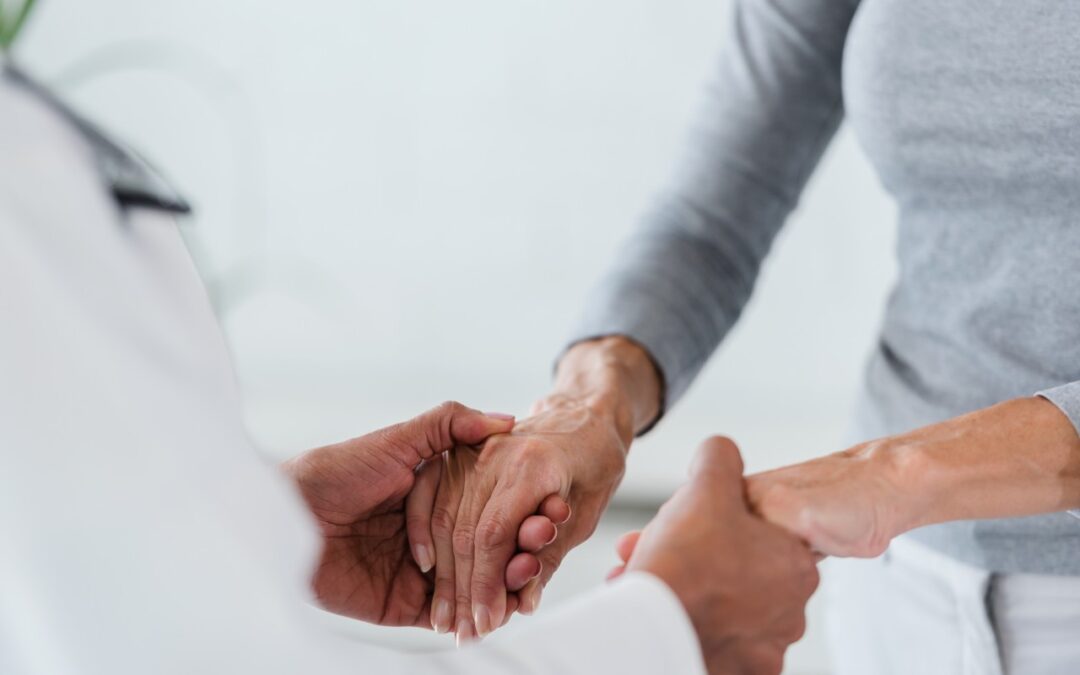
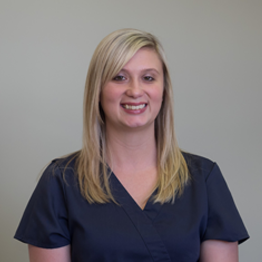
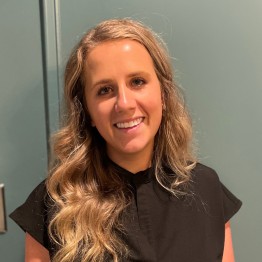 About
About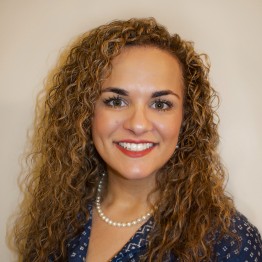 About
About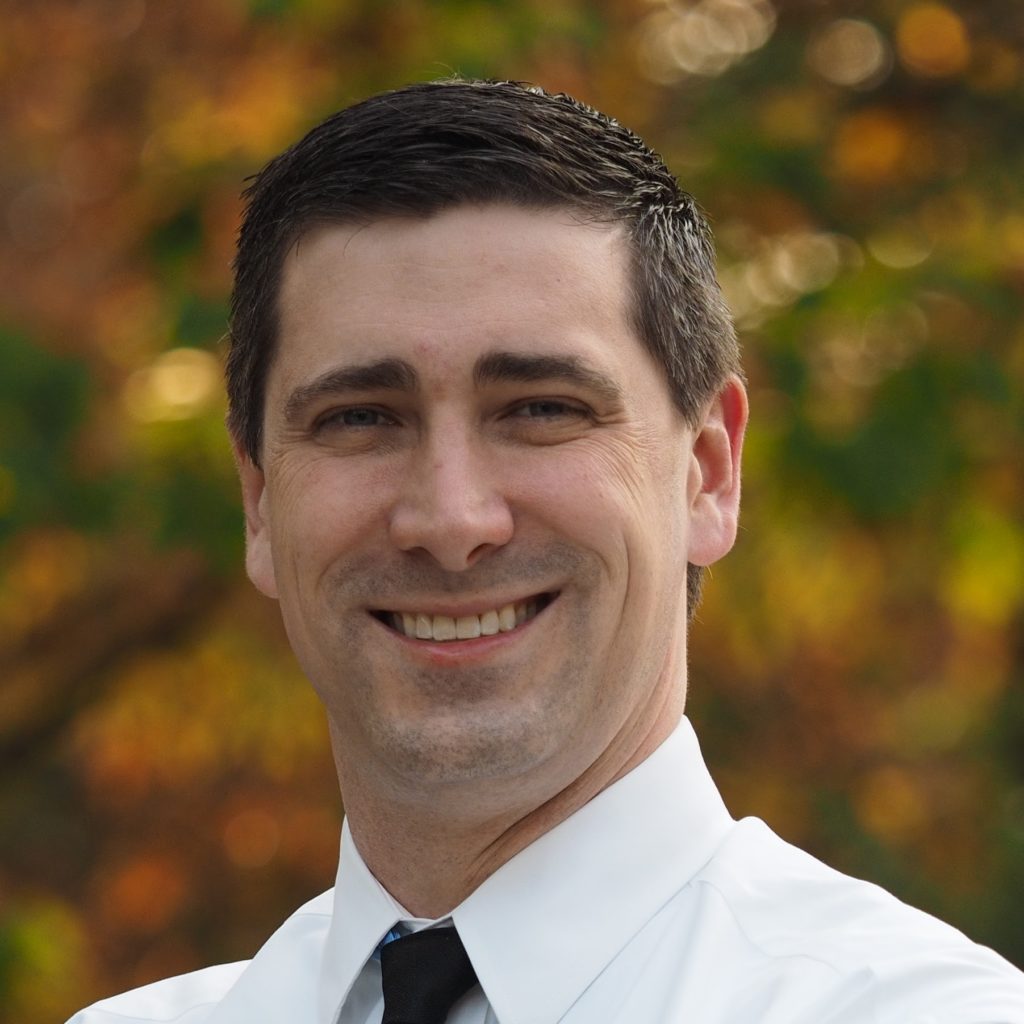

 About
About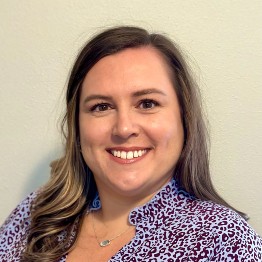 About
About About
About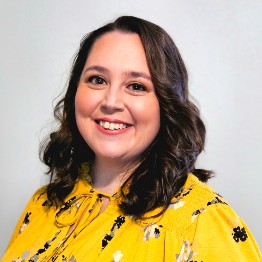 About
About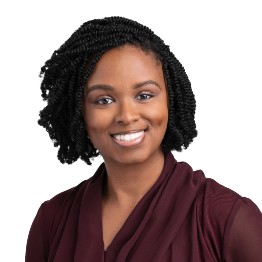 About
About


